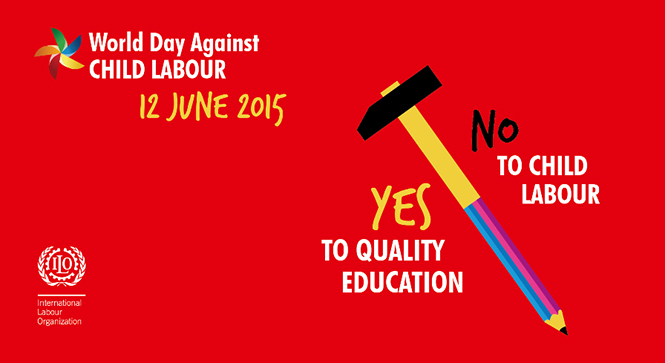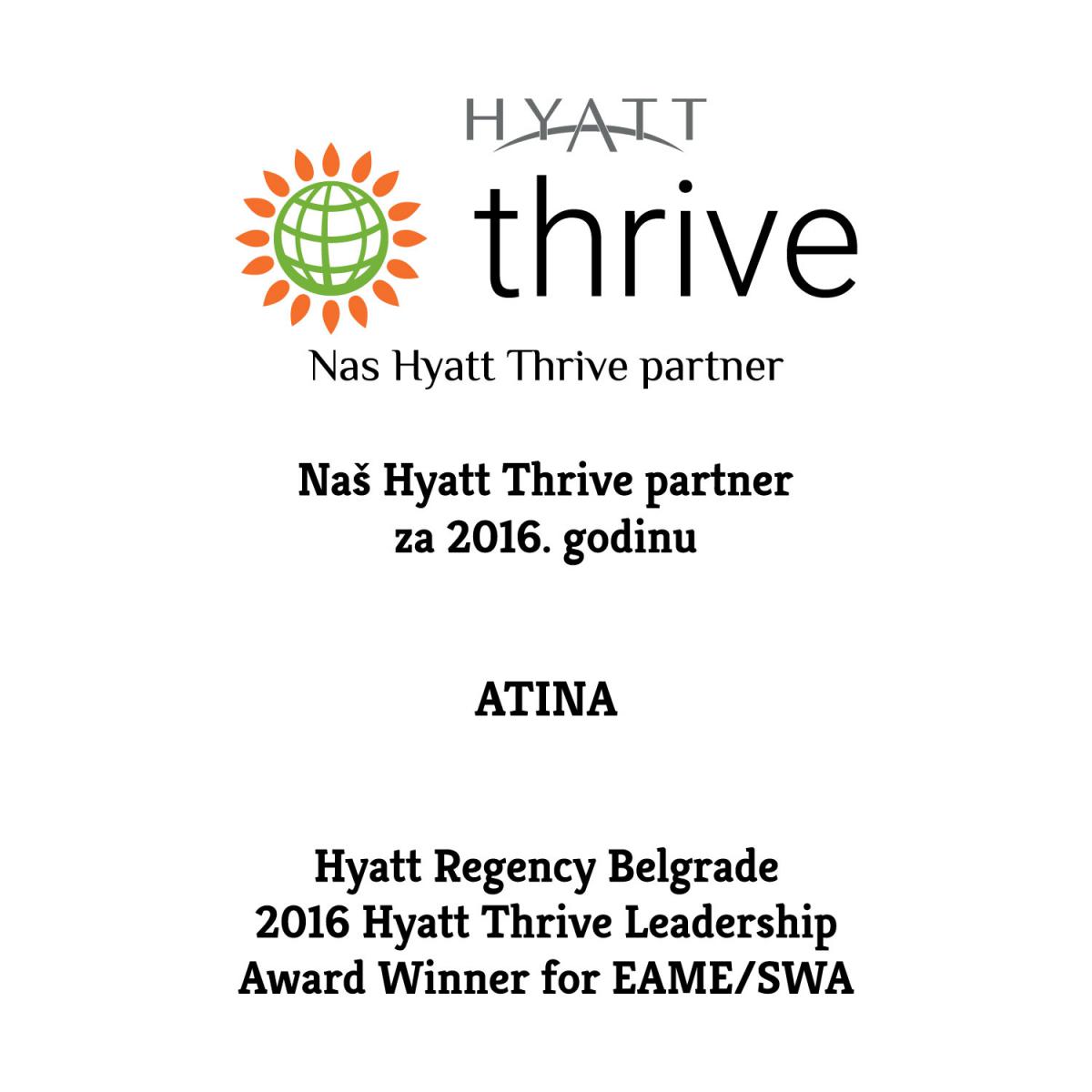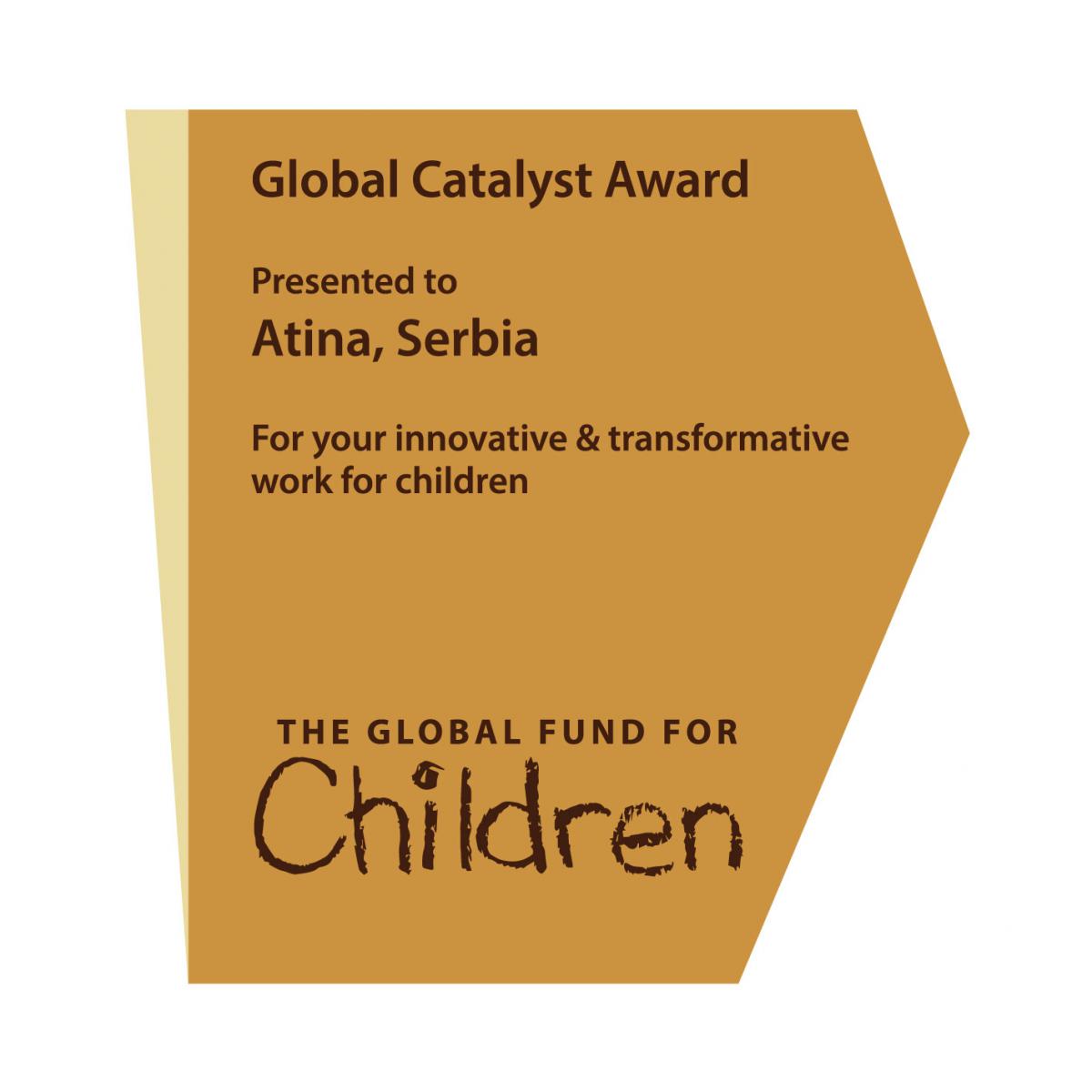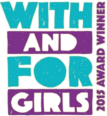Hotline: +381 61 63 84 071
How Serbia marks World Day Against Child Labour

In Belgrade, June 12 2015
The most recent global estimates suggest some 120 million children between the ages of 5 and 14 are involved in child labour, with boys and girls in this age group almost equally affected. Child labour is rooted in poverty and lack of decent work for adults, lack of social protection, and a failure to ensure that all children are attending, and finishing, school. Marking of the World Day Against Child Labour is an opportunity to draw the line, and see what has been done so far to address the causes of child labour, considering that this year is the deadline for achieving development goals that the United Nations set back in 2000.
Serbia also committed to fulfil these development goals, however, according to the findings of the US Ministry of Labour, our country has made minimal progress in its efforts to eliminate the worst forms of child labour. Despite modest efforts, Serbian laws do not fully protect children from the worst forms of child labour. In addition, in our country, children are victims of coercion into the worst forms of child labour, such as sexual exploitation, begging, forced prostitution and drug dealing.
In Serbia, since 2000, there were 864 identified victims of human trafficking, most of whom are children and young persons. Forced labour is one of the forms of exploitation through which traffickers exploit the difficult position of children, exert coercion over them, using specific mechanisms of control and exploiting them for their own purposes. Children are forced to work because their survival and the survival of their families depend on their work.
During the twelve years of its work, NGO Atina provided direct assistance and support to a total of 267 identified victims, half of whom were minors, victims of coercion into marriage, labour exploitation, coercion into petty crimes, sexual and labour exploitation. Because of their special vulnerability, children are typically multiple exploited, i.e. simultaneously through multiple types of exploitation. Some of the consequences of child exploitation through the worst forms of child labour are inadequate socialization, insecurity, emotional attachment problems, altered image of the world and relations between people. A child in this situation is usually starved, denied his freedom of movement, the right to choose, the right to live a life free of violence.
In order to ensure that this problem is solved in Serbia, it is necessary, among other things, to create a clearer and sharper response to the abuse of children, strengthen the penalties for the perpetrators of these crimes, make work of inspection services more efficient, implement adequate safety measures for children who have suffered this type of violence, harmonize existing legal procedures that are contradictory, and adopt a list of hazardous activities and occupations prohibited for children.
NGO Atina
www.atina.org.rs
office@atina.org.rs
FB page: NGO Atina












 FACEBOOK
FACEBOOK TWITTER
TWITTER YOUTUBE
YOUTUBE